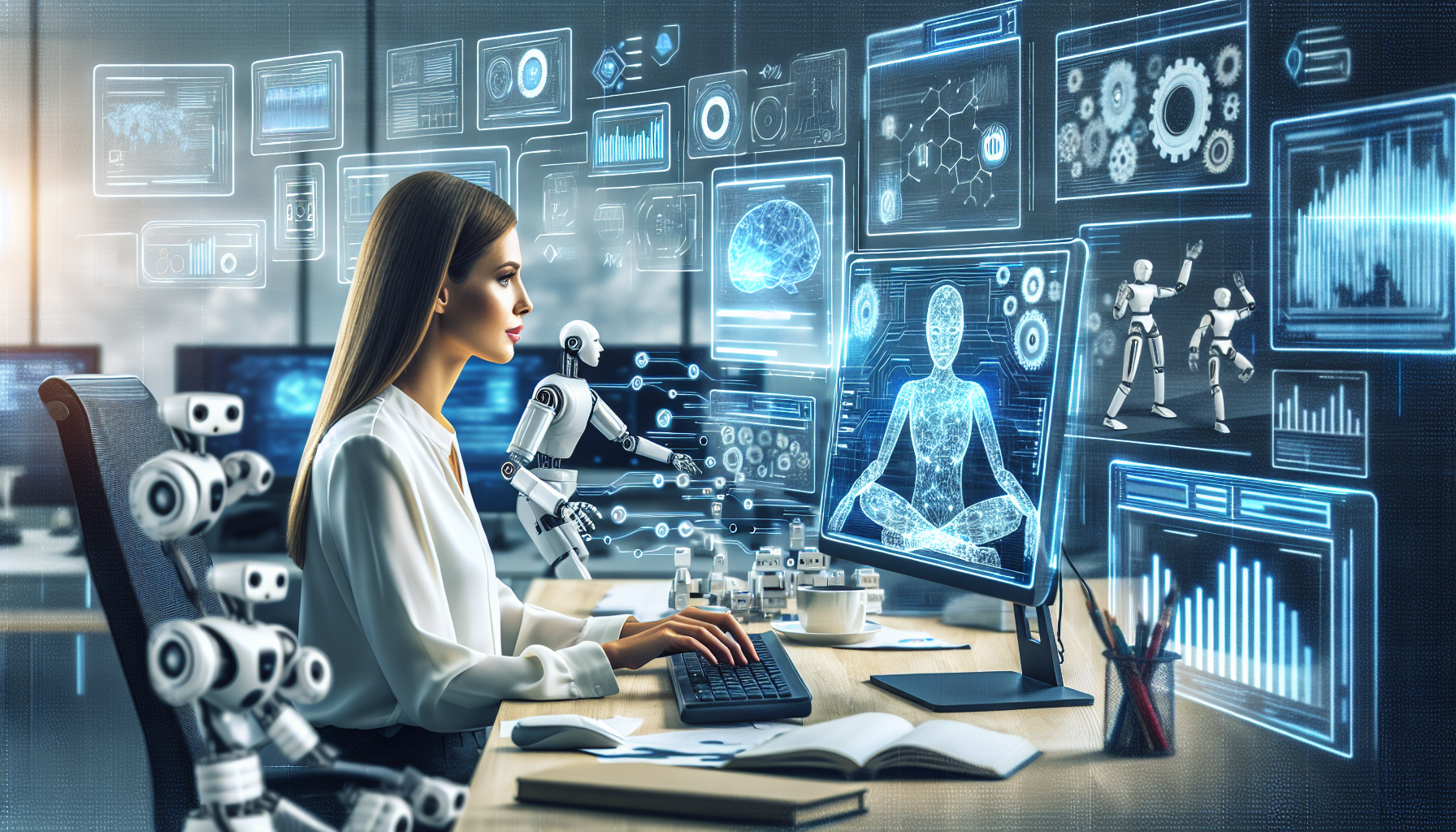Advertisements
If you’ve heard about neural networks and deep learning, you’ve probably come across terms like artificial intelligence, machine learning, and complex algorithms. But did you know that behind these revolutionary technologies there are fascinating secrets and mysteries waiting to be uncovered? In this article, we’ll delve into the world of neural networks and deep learning, and uncover the secrets behind this technology that is transforming several sectors of society. From its conception to practical applications in everyday life, we’ll explore how these systems are able to learn and adapt autonomously. We’ll understand how neural networks simulate the functioning of the human brain, with interconnected neurons and data processing layers. Discover how these systems are trained to recognize patterns, make predictions, and make complex decisions quickly and efficiently. In addition, we’ll explore the challenges and limitations of neural networks and deep learning, as well as future prospects for the advancement of this technology. Join us on this fascinating journey through the world of artificial intelligence and discover how the secrets of neural networks are revolutionizing the way we interact with technology. Prepare to be amazed by the endless possibilities that neural networks and deep learning can offer, and stay up to date with all the news and trends in this ever-evolving universe. Join us as we explore the mysteries behind the revolutionary technology of neural networks and deep learning.
Advertisements
Unraveling the Mysteries of Neural Networks and Deep Learning: Discover the Secrets Behind Revolutionary Technology
Neural networks and deep learning are technologies that have revolutionized various sectors of society, from medicine to the automotive industry. Behind this innovative technology, there are secrets and complexities that not everyone knows about. In this article, we will explore a little more about how neural networks work and how deep learning is transforming the world we live in.
What are Neural Networks?
Neural networks are computational models inspired by the functioning of the human brain. They are composed of interconnected artificial neurons, which are capable of learning and performing complex tasks. These networks are trained with large volumes of data to recognize patterns and make decisions based on those patterns.
How Neural Networks Work
Neural networks are made up of layers of neurons, each responsible for processing and transforming input data. As data passes through the network, the neurons adjust their weights and connections to improve the network's performance. This adjustment process is known as neural network training.
Advertisements
- Input Layer: Receives input data and processes it to send to the hidden layers.
- Hidden Layers: Perform data processing, identifying complex patterns and relationships.
- Output Layer: Returns the final result of the neural network processing.
What is Deep Learning?
Deep learning is a subcategory of machine learning that uses deep neural networks to perform complex tasks such as speech recognition, image processing, and machine translation. These networks have multiple hidden layers, which allows them to learn hierarchical representations of data.
Applications of Deep Learning
Deep learning has been widely used in several areas, such as:
- Medicine: Assisting in the diagnosis of diseases based on medical images.
- Automotive: Enabling the development of autonomous vehicles.
- Financial: Detecting fraud in financial transactions.

As neural network and deep learning technology continues to advance, we can envision an even brighter future full of unexplored possibilities. As these technologies become more sophisticated and accessible, new applications and innovative solutions will emerge across a range of sectors, driving economic and social development. Understanding and unlocking the secrets behind these technologies is essential to harnessing their transformative potential and ensuring that technological evolution benefits humanity as a whole. As we continue to explore and improve neural networks and deep learning, we will be laying the foundation for a smarter, more efficient, and more sustainable future.
As neural network and deep learning technology continues to evolve, new frontiers are being explored and new possibilities are being explored. With the advancement of artificial intelligence and machine learning, the ability of neural networks to learn and adapt autonomously is becoming increasingly sophisticated. This paves the way for even more innovative and impactful applications in areas such as education, security, the environment, and more. The transformative potential of these technologies is immense, and as we unlock more and more of their secrets, we are shaping a smarter, more efficient, and more sustainable future for all.
Conclusion
In conclusion, neural networks and deep learning represent a revolutionary technology that is transforming several sectors of society. Based on the human brain-inspired functioning, neural networks are capable of learning and performing complex tasks, while deep learning uses deep neural networks to perform even more complex tasks, such as speech recognition and image processing. These technologies have practical applications in areas such as medicine, the automotive and financial industries, contributing to more accurate diagnoses, the development of autonomous vehicles and fraud detection. Therefore, it is essential to understand the secrets behind these innovative technologies to make the most of their transformative potential. With the proper training of neural networks and the effective application of deep learning, it is possible to drive progress and innovation in several areas, bringing significant benefits to society as a whole. Thus, by unraveling the mysteries of neural networks and deep learning, doors are opened to an even more technologically advanced future full of opportunities.
Neural networks and deep learning are shaping the future of technology, positively impacting a variety of industries. Using algorithms that mimic the human brain, these technologies are delivering impressive advances, such as recognizing complex patterns and automating tasks. In areas such as healthcare, security, and transportation, they have the potential to improve the quality of services and the efficiency of processes. As technology evolves, neural networks and deep learning will continue to open up new possibilities for innovation, driving a smarter, more connected future.




